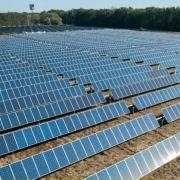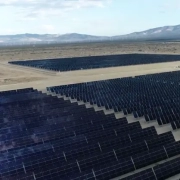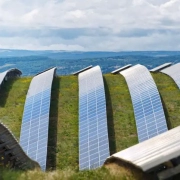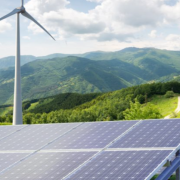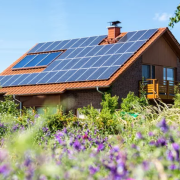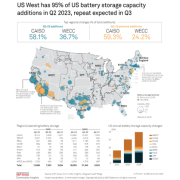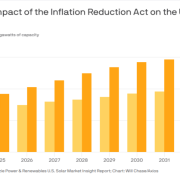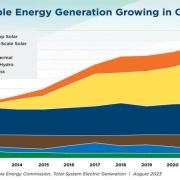The recipe for a fossil-free future includes a big dollop of solar — and in recent years, that solar has started popping up all around the U.S.
But where, exactly, are the country’s major solar installations located? The map below, created from the U.S. Large-Scale Solar Photovoltaic Database, shows the sites of ground-mounted solar installations in the country with a capacity of 1 megawatt or more. The most recent data available is current through the start of 2022, meaning even more solar is deployed across the country than is shown here.
Click here to read the full article
Source: Canary Media
—
If you have any questions or thoughts about the topic, feel free to contact us here or leave a comment below.

